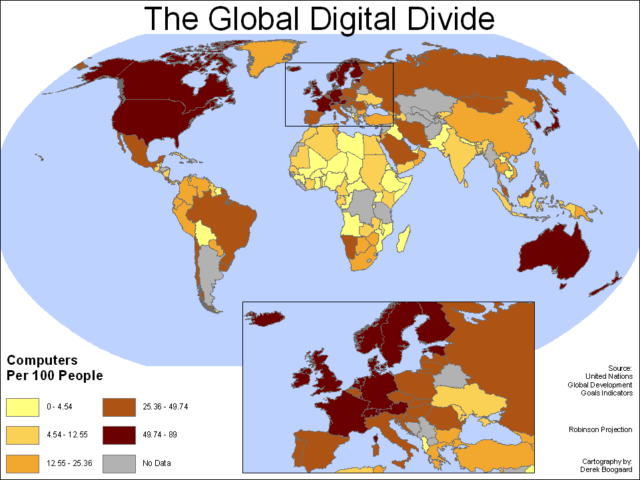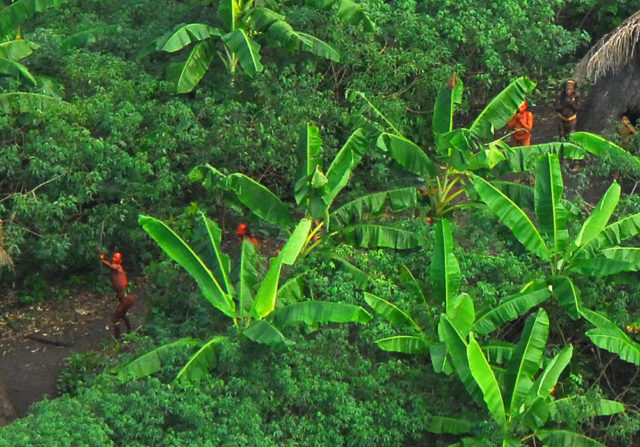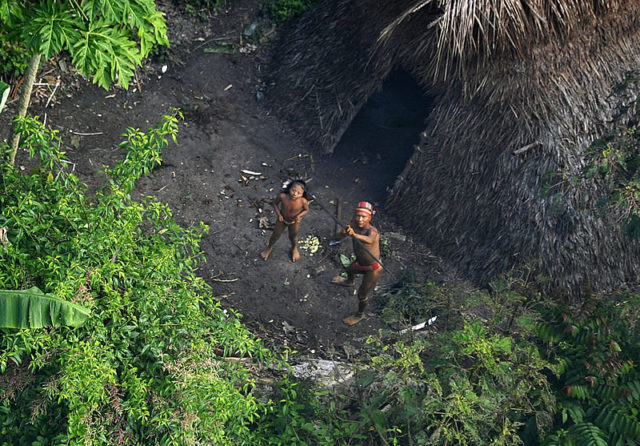If asked, most people would say progress is good. Progress has provided us with increasingly better living conditions, food to eat, electricity, plumbing, and health care. In less than 50 years, our technological growth has gone from large table radios, telephone systems that required operators, and the library for research if you did not have a set of Encyclopedia Britannica to radios and sources of music and news that can be carried in pockets. We can make a phone call to anywhere in the world as if it were next door and it doesn’t cost a fortune. Thanks to video chat, we can even see each other while talking. We have virtually the entire world at our hands in a device the size of a wallet. We have space stations and probes among the stars, as well as medical and scientific advancements that boggle the mind when one considers the fact that widespread knowledge of germs is less than 200 years old.
For some people who inhabit our world, however, progress is irrelevant. According to the National Indian Foundation (FUNAI), a governmental group that protects indigenous tribes of Brazil, there may be up to 100 tribes living in the heart of the Amazon rainforest in Brazil. Referred to as “uncontacted,” these people have no interest in worldly progress and are happy to live in the same way as their ancestors. They don’t need electricity, cell phones, or even plumbing.
FUNAI’s department of the General Coordination Unit of Uncontacted Indians (CGII), established in 1987, states that there are over 34 million acres of rainforest they are responsible for protecting. The group replaced the Indian Protection Service (SPI), established in 1910. The Indian Protection Service’s mission was to merge the Indian populations into modern society and, it seems, to claim the tribes’ land for commercial purposes. Allegedly people were sent in with minor illnesses like colds and the flu that were lethal to the tribespeople as they had not built up resistance to the germs.

The Indian Protection Service, filled with corruption and fraud, did nothing to help the indigenous people. The spread of disease, torture, exploitation, and slavery were some of the atrocities committed by the SPI. As many as 80 tribes became extinct and it was not until the Brazilian Ministry for the Interior commissioned a report in 1967 that the truth was exposed, prompting the government set up FUNAI in place of the SPI.

The crimes against the tribes were brought to global awareness when writer Norman Lewis arrived in Brazil to investigate for the Sunday Times of London. His commentary, Genocide, published in the Times on February 23, 1969, brought public outrage. The charity Survival International was established later that same year.
Little is known of the uncontacted tribes, likely by their own choice. Some tribes have adopted a nomadic lifestyle, staying in one place for a few days only. They build rudimentary dwellings from the vegetation of the forest in just a couple of hours for their short stay. Most tribes establish a permanent settlement by building larger, more sturdy communal homes and planting crops to supplement hunting and fishing.

There are many tribes living in the unprotected areas who have contacted the rest of the world because of the crisis. They have stories to tell of conflict with ranchers who massacre large populations of indigenous Amazonians to expand their grazing lands, along with the loggers who deforest the area while hunting down and harassing indigenous people, intentionally causing them to pick up and move elsewhere. The area is so rich in minerals, it attracts some miners with no interest in obeying customary regulations of the area.

In August of 2017, a disturbing incident was reported in the media. A group of miners was seen drinking in a bar near the border. They were overheard discussing an encounter with around 10 members of an uncontacted tribe. These miners were heard bragging not just about killing them, but of cutting them up and throwing the dismembered bodies into the river. They said they robbed one of the Indian’s tools and waved it about as spoils of their adventure. Federal prosecutors have begun an investigation into the matter, and when accused, the miners claimed they acted in self-defense.

Fährtenleser CC BY-SA 4.0
After gathering evidence, it is believed the incident took place in Javari Valley, but they still must prove the miners are guilty. In such a large and remote area, there are few witnesses and even fewer members of law enforcement available.

Earlier in the year, another report of uncontacted tribespeople being murdered was made and, at the time of writing, this is still open to investigation. Indigenous rights groups fear that these “land poachers” could bring another health crisis, wiping out even more tribes.
Michael Temer, Brazil’s current president, has cut funding to protect the indigenous people and their lands from 7.5 million Brazilian reals ($2,395,500) down to 2 million Brazilian reals ($638,800), causing as many as five protective bases to close, and staff cuts for more. He has also allowed protected lands to be made available for mining purposes. The decree was blocked by legal departments but has not been completely stopped. With tension in the area running high, there have been many incidents of violence between the Amazon tribes together with human rights activists against police and government agents culminating in over 50 deaths. Those seeking to protect the indigenous tribes and their land fear another genocide to the point of losing these innocent individuals who only want to be left alone.
